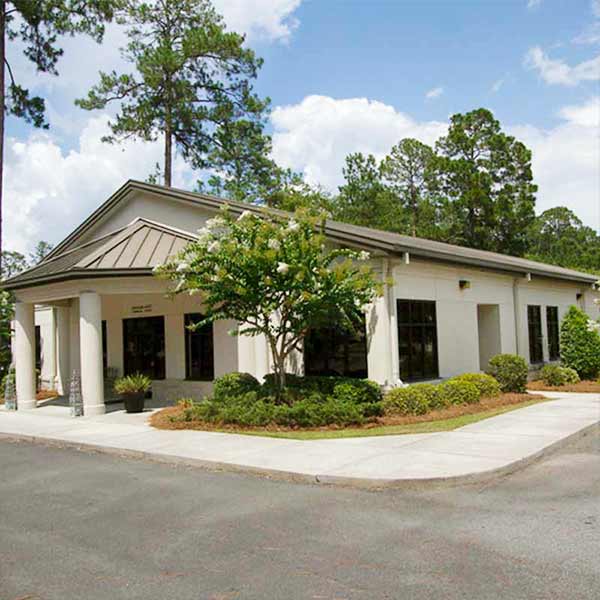Understanding PTSD
Learn More About PTSD
Post-traumatic stress disorder (PTSD) is an illness that occurs after someone has been exposed to an overwhelming or stressful event that has caused the person to experience a significant amount of distress. These severe feelings of distress can lead those who suffer from PTSD to find difficulty functioning appropriately on a daily basis as they may being experiencing things such as vivid flashbacks, periods of depersonalization, and debilitating anxiety that cause dysfunction in various areas of their lives. Many times, traumatic experiences will involve a violation of a person’s familiar ideas about the world and his or her basic human rights, which can lead to strong feelings of insecurity and confusion.
There are a vast number of different events that can lead a person to experience PTSD, including, but not limited to:
- War
- Terrorist attacks
- Natural disasters
- Car accidents
- Plane crashes
- Experiencing the sudden, unexpected death of a family member or loved one
Statistics
Statistics of PTSD
The projected lifetime risk for individuals suffering from post-traumatic stress disorder in the United States is 8.7%, while the yearly prevalence rates are estimated to be around 3.5%. Currently, PTSD is believed to affect approximately 7.7 million adults in the U.S. and an estimated 5% of adolescents between the ages of 13 and 18.
Causes & Risks
Causes and Risk Factors for PTSD
The causes and risk factors of post-traumatic stress disorder are characterized differently than those associated with other mental disorders. The National Institute of Mental Health (NIMH) breaks down whether or not people will develop post-traumatic stress disorder following a traumatic event based on the presence of certain risk factors and resiliency factors. The NIMH defines risk factors as characteristics that make people more susceptible to developing the disorder, while resiliency factors are aspects that work towards reducing the likelihood that someone will develop the disorder following a traumatic or stressful event. Listed below are some examples of possible risk factors and resiliency factors that are believed to play a role in whether or not an individual will develop post-traumatic stress disorder as the result of experiencing a traumatic event:
Risk Factors:
- Being exposed to extreme violence
- Suffering from physical abuse and/or neglect
- Being sexually abused
- Being emotionally abused
- Family history of mental illness
- Being exposed to extreme violence
- Living through natural disasters that have devastating consequences on the world directly around them
Resiliency Factors:
- Having people around them who can help them regain feelings of safety
- Having healthy coping mechanisms that can be successfully applied in the aftermath of a traumatic event
- Being removed from a situation that could potentially cause future harm
- Receiving therapeutic interventions such as individual therapy, group therapy support, and/or possible medication implementation (such as anti-depressants or anti-anxiety medications)
Signs & Symptoms
Signs and Symptoms of PTSD
Symptoms of PTSD commonly appear within three months following the traumatic event. However, there are times when symptoms may not appear for years following the event. Symptoms of PTSD cause significant problems in social, work, and interpersonal relationships and include:
Intrusive symptoms:
- Recurrent, unwanted, distressing memories of the event
- Vivid flashbacks where the person feels as though he or she is reliving the trauma
- Night terrors
- Experiencing severe emotional or physical reactions when faced with a situation that reminds him or her of the trauma
Avoidance symptoms:
- Trying to avoid thinking about or discussing the event
- Avoiding people, places and situations that act as reminders of the trauma
Negative alterations in thinking and mood symptoms:
- Negative feelings about oneself or others
- Inability to experience positive emotions
- Feeling emotionally numb or detached
- Lack of interest in previously enjoyed activities
- Hopelessness about the future
- Lapses in memory
- Difficulty maintaining close relationships
Changes in emotional reactions and arousal symptoms:
- Irritability, angry outbursts, aggressive behaviors
- Hyperarousal, always feeling on guard for danger
- Overwhelming feelings of guilt or shame
- Self-destructive behaviors
- Trouble concentrating
- Trouble sleeping
- Easily startled or frightened
Symptoms of PTSD in children and teens:
While children and teens can have extreme reactions to trauma, some of their symptoms will present differently than they do in adults. Symptoms of PTSD in children and teens may include:
- Bedwetting
- Refusing to speak (selective mutism)
- Acting out scary events using toys
- Being unusually clingy
- Participating Disruptive, disrespectful, destructive behaviors
Effects
Effects of PTSD
While PTSD can be a debilitating illness, it is often successfully managed through a combination of medications and therapeutic interventions. If left untreated, PTSD can cause a great number of consequences, including:
- Depression
- Trouble with interpersonal relationships
- Challenges with memory and concentration
- Poor academic and work performance
- Excessive anxiety
- Drug or alcohol abuse and addiction
- Eating disorders
- Self-harming behaviors
- Suicidal thoughts and behaviors
Co-Occurring Disorders
Co-Occurring Disorders & the Complexity of PTSD
Post-traumatic stress disorder often develops in people who have existing mental health problems, causing symptoms to be further exacerbated. These co-occurring mental health disorders may include:
- Depressive disorders
- Anxiety disorders
- Bipolar disorder
- Drug or alcohol abuse and addiction
- Conduct disorder (in adolescents)
- Oppositional defiant disorder (in adolescents)
- Borderline personality disorder








